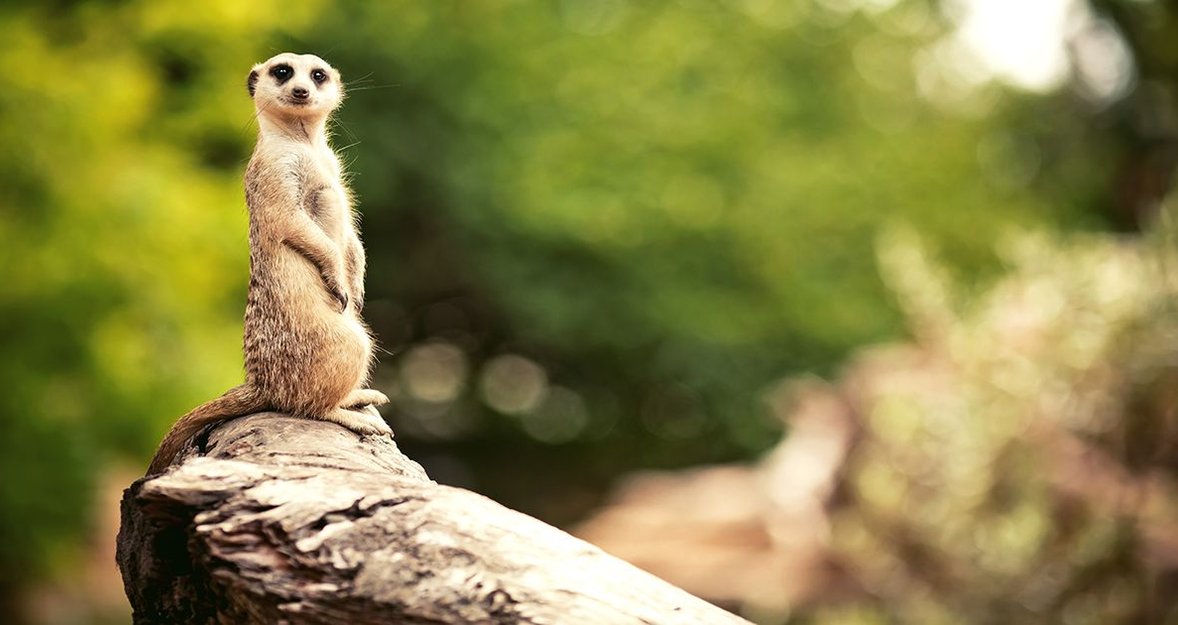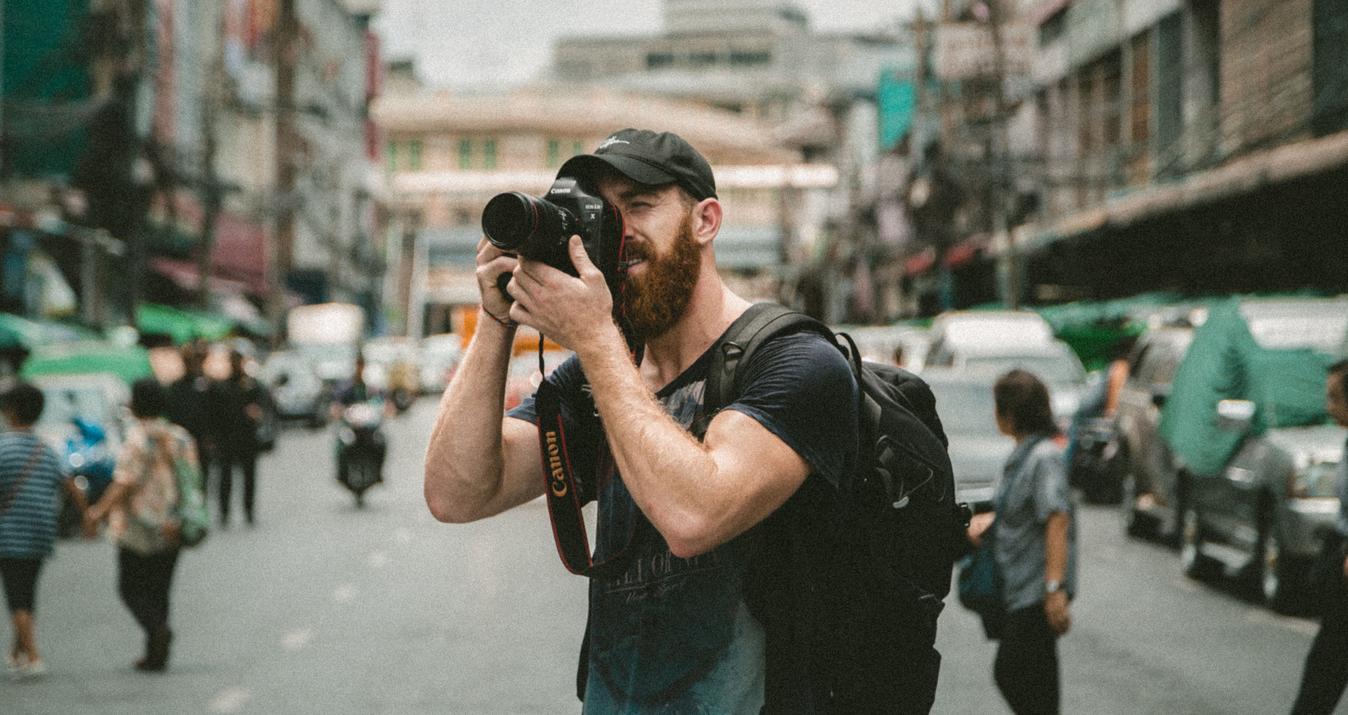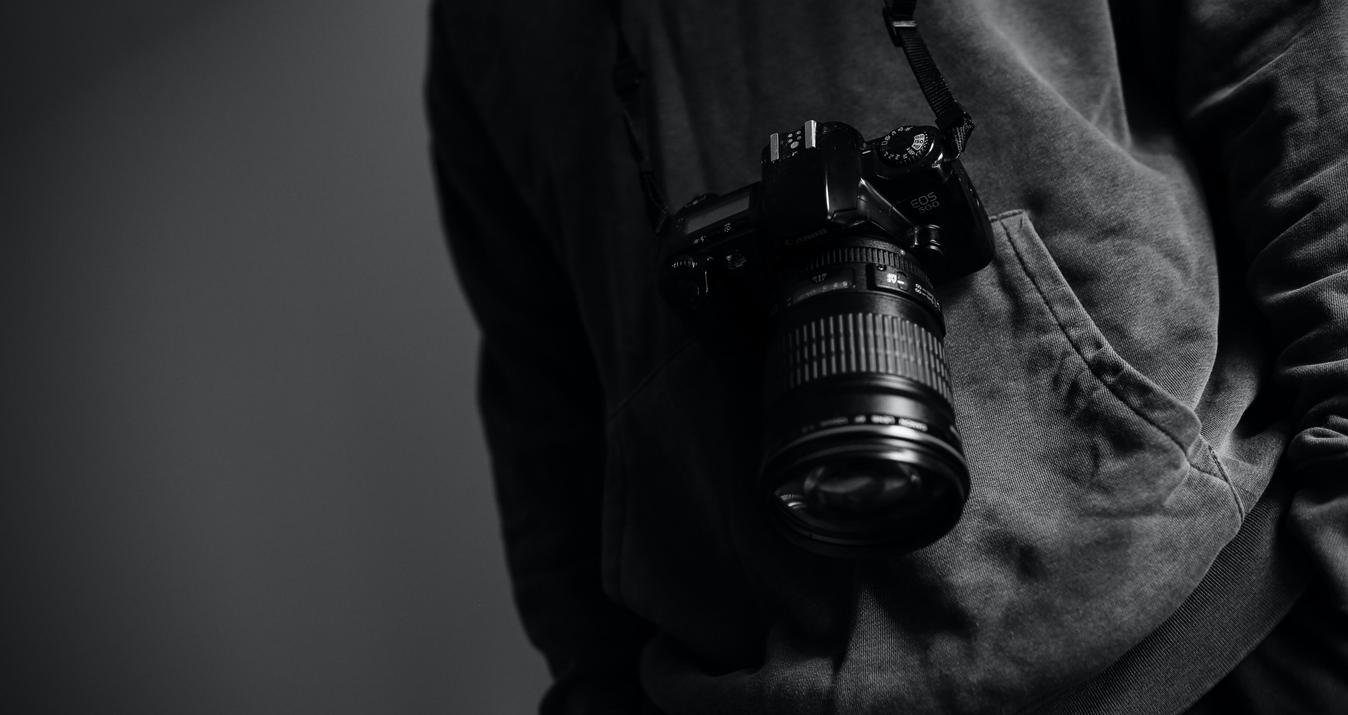We put together some tips to help you capture great shots at the zoo. Enjoy!
It seems that these days, everyone has a camera or they are taking pictures with their camera phones at the zoo. But there are real some challenges when you are dealing with crowds, sleeping animals, bright afternoon light and more! So, we put together some tips to help you capture great shots at the zoo. Enjoy!
Get there early or show up later in the day
Most
zoo visitors show up mid-day, when the light is not optimal for
photographing. The animals are taking naps and are not very active and
there are more crowds to contend with. So, what’s the best time to visit
the zoo? Get there when the gates first open in the morning, or go in
the early evening. While there is no guarantee that the animals will be
ready and willing to pose for you, your chances of catching them being
more active is much higher. Also, be sure to check the zoo’s website for
special early morning or late evening hours and for feeding times and
special presentations. Keep in mind that the best weather is actually
overcast, cool or cloudy. The clouds will act as a natural diffuser and
you’ll see much more activity from the animals.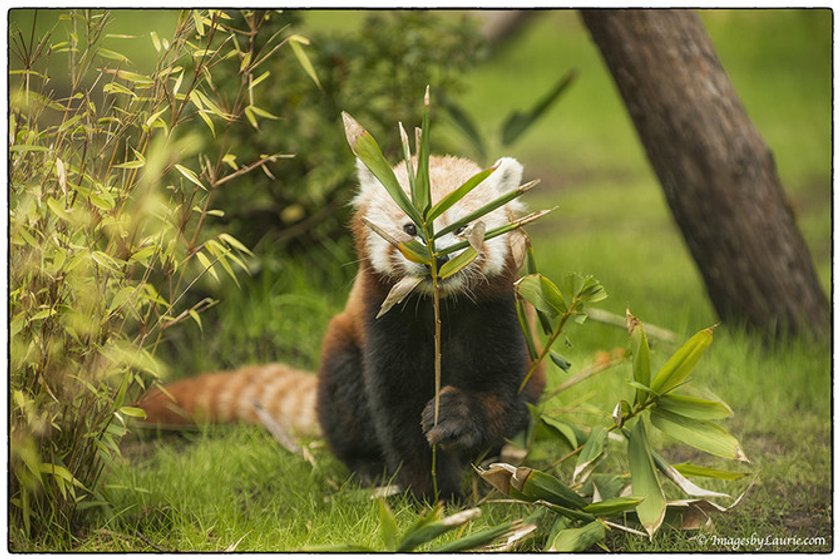
Work with the cage wire and glass
You can’t avoid it. There is wire and often tinted glass to protect both the animals and humans. For wire cages, the key is to photograph the animal when it is not too close to either the wire in front or the wire in back. You can get a clear shot when they are a few feet away from the wire. By shooting with a wide aperture, you can blur the background and bring the focus to your subject.
Glass offers another challenge with reflections and tinting. Put your lens up close to the glass and use your lens hood or your hand to block out excess reflections and glare. Wear dark clothing to avoid your own reflection showing up in your images.
Pay attention to background distractions
Backgrounds will either make or break your image. Be aware of man-made materials and try to make the environment look as natural as possible. If you have a longer lens, try zooming in close for intimate portraits of your subject. Don’t like what you see? Move your feet and try a different angle or location.
Be patient
This takes extra time
but it is worth the wait! Watch for unique moments, natural or comical
behavior, and anticipate interactions between animals. Everyone can take
a photo of a lazy lion sleeping, but be patient and try to capture a
yawn, directed eye contact (without making noise to get his attention,
let it happen naturally), and be ready when two lions greet each other.
Study your subjects
Go
online and visit the zoo’s website to see what animals you are
interested in photographing or visit their social media pages for interesting
photos to help spark some inspiration. While you’re at the zoo, take
some time to visit their gift store to check out the various books and
guides to see what makes interesting and appealing photos for the
different types of animals that are on exhibit. The more you learn about
your subject, the more you will appreciate them. Being able share
information about a particular animal when you go to share your image
online can make for a more interesting post as well!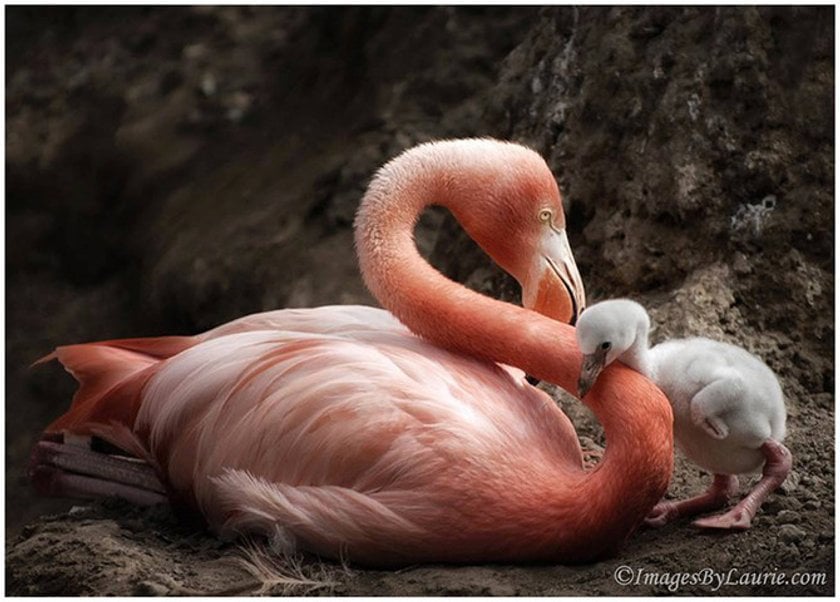
About the author
Laurie Rubin is an international award-winning photographer specializing in nature and landscape photography. Her passion for photography as well as a career working for software companies, and currently as the Senior Education Manager for Skylum, has made her a sought out favorite for educational webinars and seminars.
Most recently, Laurie won 1st place in the Windland Smith Rice International Awards for the Zoo & Aquarium category. Her image is in the 2013 Fall Awards issue of Nature's Best and is displayed at the Smithsonian Natural History Museum. You can see more of her work here.





